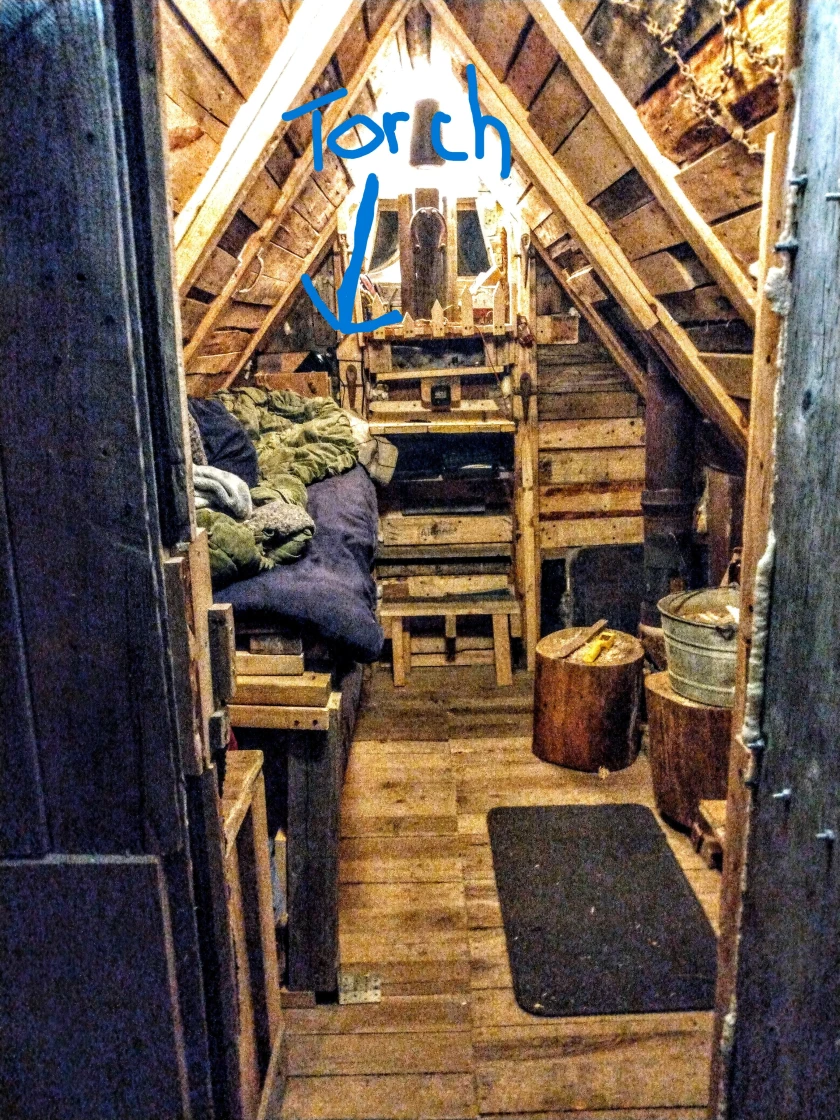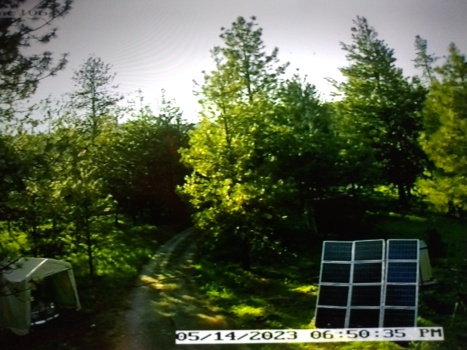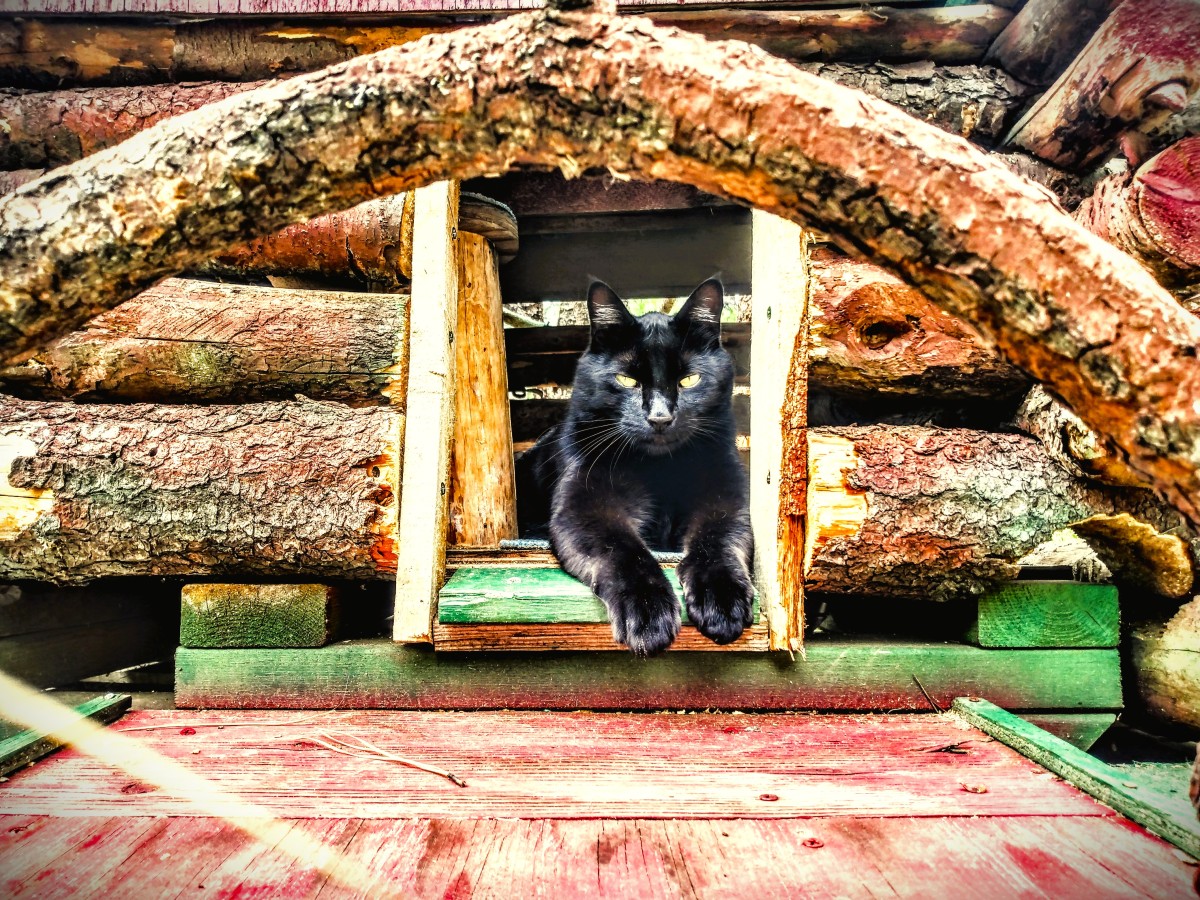As I lay in my bunk in the tiny cabin I built, cradling my blow torch, I can hear the four-footed neighborhood alarm system going off for the fourth time this evening. The barking sounds like it’s coming from someone’s property up the hill – where the dog doesn’t live.
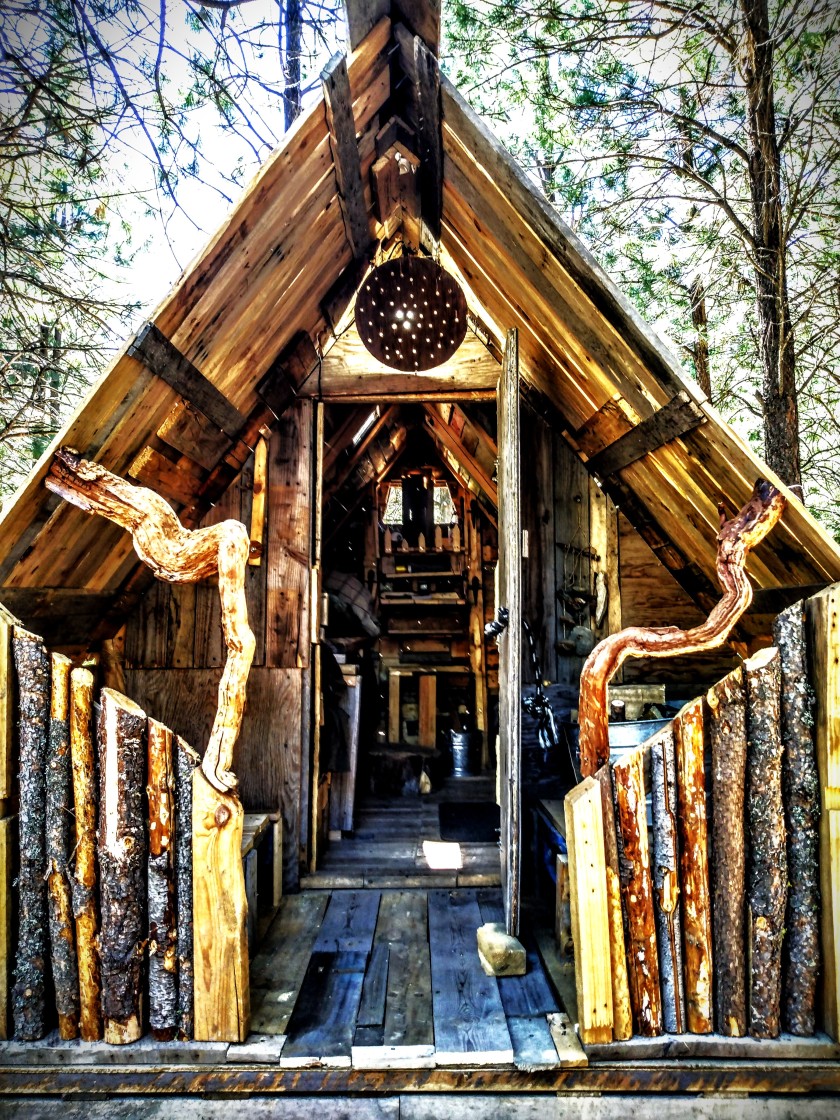
The patrol is free-range (completely unsupervised), and is collectively known as Crust and Willie. They are a large breed of dog apparently good for keeping predators away from farm animals. Indeed, a cougar attacked the owner’s goats a couple of years ago: Cougar.
Strangely enough, Willie is the female. Add in their four puppies and another two neighborhood dogs and the “If It Moves – Bark” security package is pretty much fail-safe.
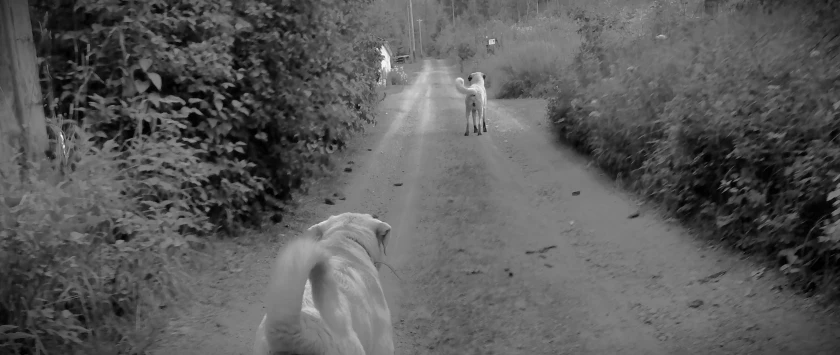
Our cats handle pest control although the dogs are still here. We see more of their victims than them during the summer months. If I don’t almost step on the morning rodent on the kitchen floor, I might have to rescue a live one. Walk in any one direction outside and you’ll run into a small animal in varying states of, well – wholeness – before you reach your destination.
These discoveries break my heart yet it is how things are. If I find a still-alive catch, I relocate it if it looks like the creature has a chance. When necessary, my empathetic husband will put a quick end to them although he is not without a morbid sense of humor.
A couple of years ago he came at me, brandishing the head of a squirrel he’d found. Holding it so close to my face I had to do the cross-eyed thingy to see it, he mused about the “gruesomely cartoonish look of surprise” on its face then mumbled something about a “finger puppet”. I forgave him.
The cats stop by from time to time for food that doesn’t move and a petting before setting off to wherever it is that they go although for cheap entertainment I trained one of our security cameras on their cabin: Building A Cabin For The Cats.
Lest I forget the ridiculous collection of birds who live at the house down the road. When we drive by, they act like we’re there to bust them as all manner of water and land fowl and their friends explode in a feather bomb from the yard with the two plastic wading pools.

But here, tonight, I settle into my bunk in the tranquil cabin, my husband trailing an hour or two behind. I pull my sleeping bag up around my ears and as soon as I hear the unmistakable high-pitched whine of the first fool mosquito, I grab the torch, turn the dial to “on”, and pull the trigger. If fires are allowed and it’s cold, I finish the thought by lighting the fireplace.
Goodnight (sound of dog baying …. again…).
